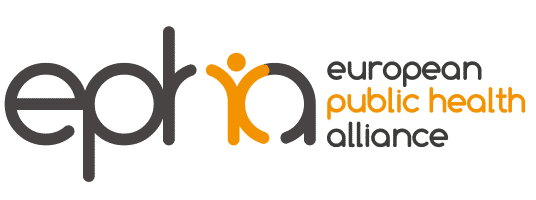The COVID-19 pandemic has shed light on the essential role that health plays in all aspects of our societies. Leading to new and old priorities being studied and tackled. Among the key priorities, a reinvigorated effort is being developed focusing on antimicrobial resistance (AMR).
Indeed, the effectiveness of antibiotics is under threat by the rise and spread of drug-resistant bacteria. Antimicrobial resistance (AMR) is now a key cross-border health threat for Europe and globally. In Europe alone, AMR causes the annual death of 33,000 people and costs €1.5 billion in terms of healthcare costs and productivity losses.
However, antibiotics consumption, affecting the development of AMR has roots in several sectors. Indeed, 70% of antibiotics globally are currently used by animals and global antimicrobial consumption in the animal farming sector is expected to increase by 67% from 2010 to 2030, according to UN Environment.
The MEP Interest Group on AMR organised a webinar to discuss the current dependence of EU food systems on antimicrobials. Under the auspices of Sarah Wiener MEP, the discussion involved expert panelists; Dr Sabine Juelicher, Director for food and feed safety, innovation in the Directorate General for Health and Food Safety of the European Commission, Dr Rens Van Dobbenburgh, Director of the Federation of Veterinatians of Europe (FVE), Dr Keith Sumption Chief Veterinary Officer and Leader of the Animal Health Programme at FAO, and Kate Blaszak representing the World Animal Protection (WAP) organization.
In the EU, the Veterinary Medicines and Medicated Feed Regulations will start to be applied in early 2022. Among other things, they restrict the use of antibiotics in preventative treatment and will phase-in the requirement to collect use data for all animal species.
Additionally, the Farm to Fork Strategy (F2F) for sustainable food systems includes a target to reduce the sales of antimicrobials for farm animals and in aquaculture by 50% by 2030. The Common Agricultural Policy (CAP) will shape incentives in the agricultural sector for the years to come. However, there are big question marks on whether the CAP’s delivery model will allow real contribution to these aims.
In that context, policy debates on the current dependency of EU food systems on the use of antimicrobials, and the desire to ensure high levels of protection of European consumers and producers with regard to imports continue to gain visibility.
A science-based establishment of maximum residue limits for veterinary medicinal products to protect consumers, the development of safe and efficient veterinary medicinal products (VMPs), and medicate feed are among key topics being deeply intertwined with the strategies on AMR.
Among the key highlights from the discussion, Dr Juelicher gave in-depth analysis of the current and future Commission plans involving AMR and agriculture, while Dr Van Dobbernburgh highlighted the necessity of enforcing the One Health concept, in order to enhance animal welfare and ensure sustainability at all levels of the cycles. Dr Sumption and Dr Hendrik-Jan Omel from FAO, described the global actions on AMR, and emphasized the importance of sustainability in agriculture, especially in LMICs, such as Uganda. Finally, Dr Blaszak gave key insights in the public perception of antibiotics’ consumption in animals and AMR, introducing the latest report from WAP, published in 2020, and offering useful case studies, notably in The Netherlands.
When it comes to AMR, the European Union should “fight it at the source” and “take its responsibilities”, Dr Hendrik-Jan Omel concluded.
